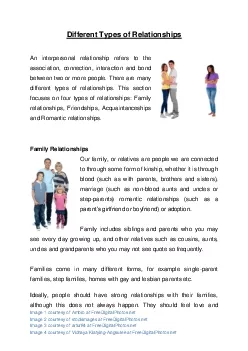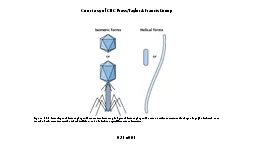PPT-Photos courtesy of R.O. Megard
Author : liane-varnes | Published Date : 2015-11-26
Photos courtesy RO Megard Ecological approaches to disease management in open pond cultivation systems Val H Smith University of Kansas Lawrence KS Rob McBride
Presentation Embed Code
Download Presentation
Download Presentation The PPT/PDF document "Photos courtesy of R.O. Megard" is the property of its rightful owner. Permission is granted to download and print the materials on this website for personal, non-commercial use only, and to display it on your personal computer provided you do not modify the materials and that you retain all copyright notices contained in the materials. By downloading content from our website, you accept the terms of this agreement.
Photos courtesy of R.O. Megard: Transcript
Download Rules Of Document
"Photos courtesy of R.O. Megard"The content belongs to its owner. You may download and print it for personal use, without modification, and keep all copyright notices. By downloading, you agree to these terms.
Related Documents














